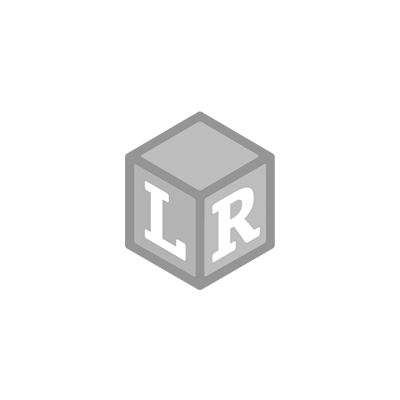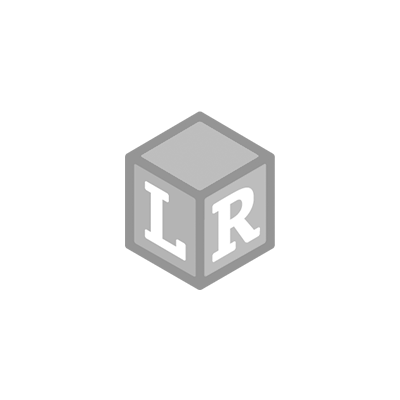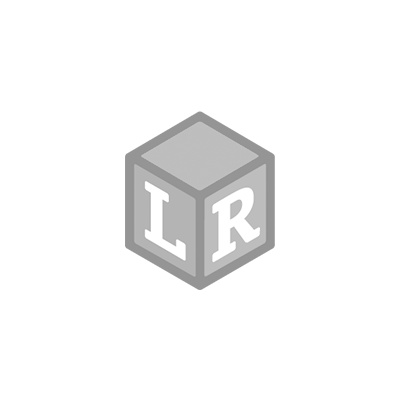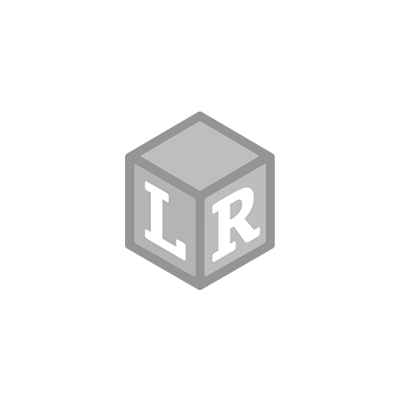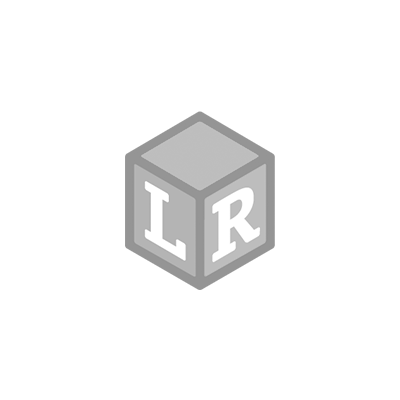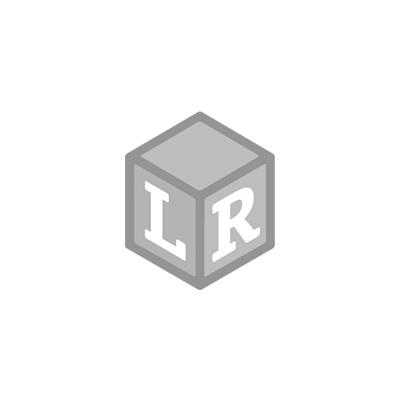Valentine's Day Conversation Heart Challenge!
- Learning Resources Posted On Feb 11, 2019 | Printables
 Right out of the box, our little scientist instinctively began to fill the buckets on either side of the balance with the candy. But before we started our challenges, we first had to go over the most important element of the balance: the arrow!
Right out of the box, our little scientist instinctively began to fill the buckets on either side of the balance with the candy. But before we started our challenges, we first had to go over the most important element of the balance: the arrow!
 The arrow in the middle is crucial for understanding any of the upcoming challenges. When this arrow is pointed directly to its middle, the scale is in equilibrium. In kid terms, please? Make sure the arrow points to the other arrow for balance!
The arrow in the middle is crucial for understanding any of the upcoming challenges. When this arrow is pointed directly to its middle, the scale is in equilibrium. In kid terms, please? Make sure the arrow points to the other arrow for balance!
Let the challenges begin!

CHALLENGE #1 – Are all marshmallows created even?
Skills used:- Sorting
- Counting
- Estimation
 Much to her surprise, five marshmallows on each side did not equilibrium make. Adding just one more made the arrows in the middle meet up. Balance! Challenge #1 Scientific Finding: Even though the marshmallows look the same, they are all not the same weight.
Much to her surprise, five marshmallows on each side did not equilibrium make. Adding just one more made the arrows in the middle meet up. Balance! Challenge #1 Scientific Finding: Even though the marshmallows look the same, they are all not the same weight.
CHALLENGE #2 – Which candy weighs more?
Skills Used:- Estimation
- Counting
 Five of each were counted out and placed in the buckets. An “arrow check” produced the result: the marshmallow hearts were surprisingly more! Challenge #2 Scientific Findings: Do not decide what weighs more based on looks alone!
Five of each were counted out and placed in the buckets. An “arrow check” produced the result: the marshmallow hearts were surprisingly more! Challenge #2 Scientific Findings: Do not decide what weighs more based on looks alone!
CHALLENGE #3 – Does the color of the candy make a difference?
Skills used:- Color sorting
- Estimation
 Challenge #3 Scientific Findings: The color of the conversation hearts did not make a difference. (Also – unproven – purple was more delicious than yellow).
Challenge #3 Scientific Findings: The color of the conversation hearts did not make a difference. (Also – unproven – purple was more delicious than yellow).
CHALLENGE #4 – What is heavier? Water or Candy?
Skills used:- Volume concepts
- Estimation
- Patience
 Challenge #4 Scientific Findings: Not as much liquid was needed as originally thought. It was observed that this was the first time our little scientist understood the “little by little “concept. Adding too much too fast would make the balance tip too far. To achieve balance, this experiment took time and patience.
Challenge #4 Scientific Findings: Not as much liquid was needed as originally thought. It was observed that this was the first time our little scientist understood the “little by little “concept. Adding too much too fast would make the balance tip too far. To achieve balance, this experiment took time and patience.
CHALLENGE #5 – Snap Cubes vs. candy? How many does it take of each to balance?
Skills used:- Counting
- Estimation
 After we checked our arrow, we counted the contents of each bucket.
After we checked our arrow, we counted the contents of each bucket.Snap Cubes – 29
Marshmallows – 25
We estimated again with the Snap Cubes, this time versus the conversation hearts.
Snap Cubes – 27
Conversation hearts – 38
Challenge #5 Scientific Findings: Our scientist thought the plastic Snap Cubes would be the clear winner for more weight because they were so much bigger. We found that more Snap Cubes were needed than marshmallows, but fewer were needed when up against the conversation hearts.
Have a happy (and balanced) Valentine’s Day!
Save it for later!

 Shop UK Site
Shop UK Site 
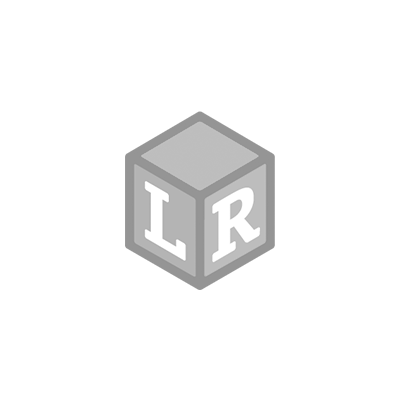
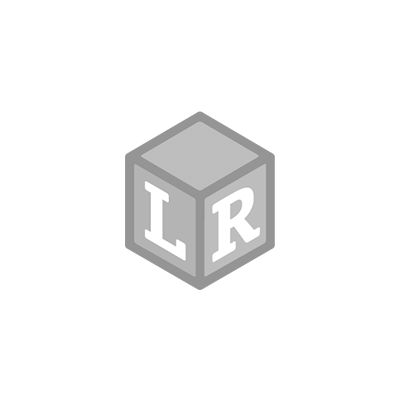
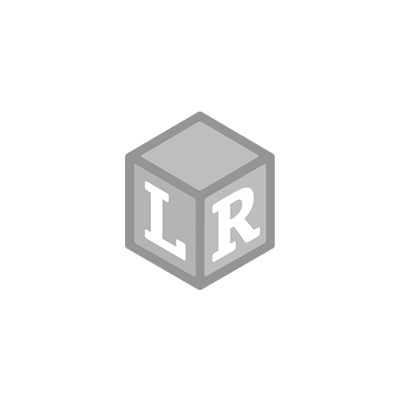
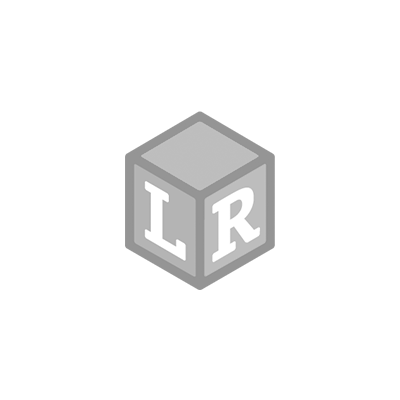











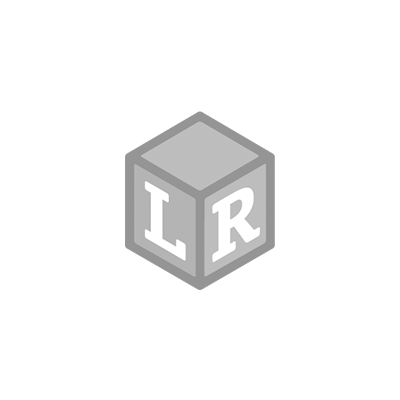


 Meet Botley, the code to fun! As the newest member of the Learning Resources family, Botley is here to introduce coding in an easy, friendly way. Children as young as 5 can learn to code with Botley, and with his advanced features, he’ll grow with them for many play filled years to come. Botley is ready to use right out of the box – he’ll have kids coding in minutes. And that’s not all, Botley is 100% screen free and includes a 77-piece activity set – the only robot to offer that!
Meet Botley, the code to fun! As the newest member of the Learning Resources family, Botley is here to introduce coding in an easy, friendly way. Children as young as 5 can learn to code with Botley, and with his advanced features, he’ll grow with them for many play filled years to come. Botley is ready to use right out of the box – he’ll have kids coding in minutes. And that’s not all, Botley is 100% screen free and includes a 77-piece activity set – the only robot to offer that! Our hedgehog lost his quills, and only your little ones can help him get them back! Spike the Fine Motor Hedgehog helps kids build up hand muscles and fine motor skills as they replace the chunky, peg-shaped “quills” within the holes that dot the smiling hedgehog’s back. The learning doesn’t end there—Spike's colorful quills also lend themselves well to lessons in counting, sorting, and color identification skills. Kids can arrange the quills by warm or cool colors, work on sequences and patterns by alternating colors, or count up the quills with the help of numbers printed on the hedgehog’s back. Once playtime is over, Spike the Fine Motor Hedgehog is a snap to clean up—each piece is made of plastic that can be easily wiped clean, and the quills stow snugly inside the hedgehog’s body, which adds simplicity to storage too.
Our hedgehog lost his quills, and only your little ones can help him get them back! Spike the Fine Motor Hedgehog helps kids build up hand muscles and fine motor skills as they replace the chunky, peg-shaped “quills” within the holes that dot the smiling hedgehog’s back. The learning doesn’t end there—Spike's colorful quills also lend themselves well to lessons in counting, sorting, and color identification skills. Kids can arrange the quills by warm or cool colors, work on sequences and patterns by alternating colors, or count up the quills with the help of numbers printed on the hedgehog’s back. Once playtime is over, Spike the Fine Motor Hedgehog is a snap to clean up—each piece is made of plastic that can be easily wiped clean, and the quills stow snugly inside the hedgehog’s body, which adds simplicity to storage too. These machines really move! With the Gears! Gears! Gears! Machines in Motion from Learning Resources, kids engineer their own playtime fun with the help of creative, open-ended building activities. Using the included instructions, kids can build their own versions of numerous different interactive machines and vehicles, many of which incorporate special parts including a wrecking ball, chains, pulleys, and wheels. Turn out a tank with its own helicopter propeller, or craft a complex contraption that spins with the twist of a lever.
These machines really move! With the Gears! Gears! Gears! Machines in Motion from Learning Resources, kids engineer their own playtime fun with the help of creative, open-ended building activities. Using the included instructions, kids can build their own versions of numerous different interactive machines and vehicles, many of which incorporate special parts including a wrecking ball, chains, pulleys, and wheels. Turn out a tank with its own helicopter propeller, or craft a complex contraption that spins with the twist of a lever.  Spin your way into geography with this Puzzle Globe, which highlights landmarks and animals! Each puzzle piece (continent) fits into one hole on the globe to make it easy for little ones to place. All 7 continents are represented (6 continent puzzle pieces plus stationary Antarctica).
Spin your way into geography with this Puzzle Globe, which highlights landmarks and animals! Each puzzle piece (continent) fits into one hole on the globe to make it easy for little ones to place. All 7 continents are represented (6 continent puzzle pieces plus stationary Antarctica). Features enough medical tools for the whole junior surgical staff to operate! Made from sturdy plastic, this set features a battery operated stethoscope, and realistic sounding cell phone. Provides the perfect way to ease children’s anxieties about doctor visits. Plastic carrying case has a place for everything and provides great storage.
Features enough medical tools for the whole junior surgical staff to operate! Made from sturdy plastic, this set features a battery operated stethoscope, and realistic sounding cell phone. Provides the perfect way to ease children’s anxieties about doctor visits. Plastic carrying case has a place for everything and provides great storage. The learning express is pulling into the station! Send number, color, and shape recognition skills chugging down the tracks with the Count & Color Choo Choo from Learning Resources. Driven by a friendly conductor figure that plugs right into the engine, this fun interactive train set pulls a load of learning lessons thanks to its cargo of removable blocks that come in different numbers, shapes, and colors. Kids can sort the blocks by shape and color, count up the total number found in the train, or build fine motor skills while loading the blocks back into their rightful train cars.
The learning express is pulling into the station! Send number, color, and shape recognition skills chugging down the tracks with the Count & Color Choo Choo from Learning Resources. Driven by a friendly conductor figure that plugs right into the engine, this fun interactive train set pulls a load of learning lessons thanks to its cargo of removable blocks that come in different numbers, shapes, and colors. Kids can sort the blocks by shape and color, count up the total number found in the train, or build fine motor skills while loading the blocks back into their rightful train cars. This award-winning cash register is the perfect addition to any pretend store! Encourage beginning math and calculator skills while providing lots of opportunities for imaginative play. Features a built-in solar calculator that helps familiarize children with the use of a calculator. They’ll also learn currency denomination and have fun handling life-size money. Large buttons on the keypad are easy for little hands to press and the cash drawer makes a “cha-ching” sound when it opens.
This award-winning cash register is the perfect addition to any pretend store! Encourage beginning math and calculator skills while providing lots of opportunities for imaginative play. Features a built-in solar calculator that helps familiarize children with the use of a calculator. They’ll also learn currency denomination and have fun handling life-size money. Large buttons on the keypad are easy for little hands to press and the cash drawer makes a “cha-ching” sound when it opens. Introduce kids to angles, trajectories, and other early physics fundamentals with the Crashapult STEM Challenge from Learning Resources. This hands-on activity set challenges kids to build and complete high-flying obstacle courses designed around core STEM concepts. After setting up their catapults, kids send the launch balls flying off walls, over obstacles, and toward the set’s included hoop target, funnel, or goal cup. Along the way, they’ll have to use their own trial-and-error, engineering, and critical thinking skills to make the adjustments to placement and force necessary to successfully complete the included challenges.
Introduce kids to angles, trajectories, and other early physics fundamentals with the Crashapult STEM Challenge from Learning Resources. This hands-on activity set challenges kids to build and complete high-flying obstacle courses designed around core STEM concepts. After setting up their catapults, kids send the launch balls flying off walls, over obstacles, and toward the set’s included hoop target, funnel, or goal cup. Along the way, they’ll have to use their own trial-and-error, engineering, and critical thinking skills to make the adjustments to placement and force necessary to successfully complete the included challenges. This deluxe market set combines some of our best New Sprouts® food items from an amazingly realistic T-bone steak to enticing fresh produce. Unlike other play food our New Sprouts® are easy to grip and won’t collapse. Can’t decide what New Sprouts® to get? This set is a sure bet for hours of inspired play.
This deluxe market set combines some of our best New Sprouts® food items from an amazingly realistic T-bone steak to enticing fresh produce. Unlike other play food our New Sprouts® are easy to grip and won’t collapse. Can’t decide what New Sprouts® to get? This set is a sure bet for hours of inspired play. 

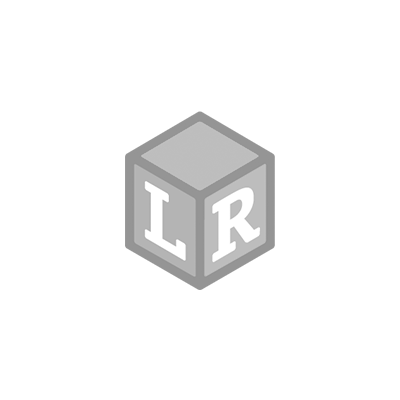
 Here’s what you’ll do:Blow up one balloon per racer but don’t tie off the ends. Instead, twist the end, then attach a kitchen “chip clip” or binder clip to keep the air from escaping.
Here’s what you’ll do:Blow up one balloon per racer but don’t tie off the ends. Instead, twist the end, then attach a kitchen “chip clip” or binder clip to keep the air from escaping. Cut your construction paper into feathers, waddles, and googly eyes and tape the pieces to your “turkeys”.
Cut your construction paper into feathers, waddles, and googly eyes and tape the pieces to your “turkeys”. Set up your race course by placing two chairs about 8 feet apart (you’ll need one set of these chairs for each racer). Cut a 9-foot section of string for each racer and tie the loose end of a length to one chair.
Set up your race course by placing two chairs about 8 feet apart (you’ll need one set of these chairs for each racer). Cut a 9-foot section of string for each racer and tie the loose end of a length to one chair. Thread a straw through the untied end of the string, then pull the string taught and tie to the opposite chair.
Thread a straw through the untied end of the string, then pull the string taught and tie to the opposite chair. Using tape, attach the top, center of the balloon to the straw. Make sure to line the straw up with the release point of the balloon, for straighter, faster flying.Pull the balloons back so the ends are touching the chairs, pinch the balloons above the chip clips, and remove the clips.
Using tape, attach the top, center of the balloon to the straw. Make sure to line the straw up with the release point of the balloon, for straighter, faster flying.Pull the balloons back so the ends are touching the chairs, pinch the balloons above the chip clips, and remove the clips. Call “On your marks, get set, GO”, let go of the balloons, and watch as your turkeys race to the finish line!
Call “On your marks, get set, GO”, let go of the balloons, and watch as your turkeys race to the finish line! Let’s talk turkey about physics! Remember that for every action, there is an equal and opposite reaction (thanks, Newton!). When you blow up the balloon, you are filling it with air. When you release the chip clip, you are releasing the air, creating pressure out of the back of the balloon. This release creates an equal and opposite pressure on the front of the balloon, propelling it forward.
Let’s talk turkey about physics! Remember that for every action, there is an equal and opposite reaction (thanks, Newton!). When you blow up the balloon, you are filling it with air. When you release the chip clip, you are releasing the air, creating pressure out of the back of the balloon. This release creates an equal and opposite pressure on the front of the balloon, propelling it forward.  What You’ll Do:Cut your pipe cleaners in half, then cut some of them in half again.
What You’ll Do:Cut your pipe cleaners in half, then cut some of them in half again. Twist the pieces together to form one-of-a-kind snowflake patterns, making sure that your snowflakes will fit into your container without touching the sides or bottom. (Trim the ends with scissors if need be.)
Twist the pieces together to form one-of-a-kind snowflake patterns, making sure that your snowflakes will fit into your container without touching the sides or bottom. (Trim the ends with scissors if need be.) Tie one end of the string to the center of your snowflake and the other to your pencil or craft stick and check to make sure your snowflake will fit without touching the sides or bottom of your container.
Tie one end of the string to the center of your snowflake and the other to your pencil or craft stick and check to make sure your snowflake will fit without touching the sides or bottom of your container. Bring a pot of water to a boil. For every cup of water you pour into your container, add 3 tablespoons of Borax and stir (this is a job for a parent as the water is boiling hot!). Add more Borax and stir to dissolve, continuing until the water won’t accept any more Borax (it’s okay if there’s some left in the bottom of the jar). Then add a few drops of food coloring and stir.
Bring a pot of water to a boil. For every cup of water you pour into your container, add 3 tablespoons of Borax and stir (this is a job for a parent as the water is boiling hot!). Add more Borax and stir to dissolve, continuing until the water won’t accept any more Borax (it’s okay if there’s some left in the bottom of the jar). Then add a few drops of food coloring and stir. Hang your snowflake in the water by balancing your pencil or craft stick across the top of the jar. If your string is too long, twist it around your pencil until it keeps the snowflake from touching the bottom.
Hang your snowflake in the water by balancing your pencil or craft stick across the top of the jar. If your string is too long, twist it around your pencil until it keeps the snowflake from touching the bottom. Leave your snowflake overnight. Carefully pull your snowflake out of the jar and shake off the excess crystals to reveal your crystalized snowflake!
Leave your snowflake overnight. Carefully pull your snowflake out of the jar and shake off the excess crystals to reveal your crystalized snowflake!
 Borax can be beautiful! Hot water molecules are moving really quickly, which leaves room for the Borax to dissolve between them. As the water cools, the molecules move closer together, “squeezing” the Borax out.
Borax can be beautiful! Hot water molecules are moving really quickly, which leaves room for the Borax to dissolve between them. As the water cools, the molecules move closer together, “squeezing” the Borax out.  Set out the marshmallows and toothpicks and challenge your busy builders to construct their drawings.
Set out the marshmallows and toothpicks and challenge your busy builders to construct their drawings. Once they’re done, see if someone can build a snow den, an igloo, or a walled fort. The possibilities are endless (and delicious!).
Once they’re done, see if someone can build a snow den, an igloo, or a walled fort. The possibilities are endless (and delicious!). With snow covering the ground, fewer plants are growing, which means less food for hungry animals like bears, bats, and squirrels. Hibernating slows down these animals’ metabolisms and reduces their body temperatures, which means they need less energy to survive and can go without eating for several months at a time. Hibernating animals need a safe, hidden spot to snuggle down for the winter months, similar to the caves and burrows you just built!
With snow covering the ground, fewer plants are growing, which means less food for hungry animals like bears, bats, and squirrels. Hibernating slows down these animals’ metabolisms and reduces their body temperatures, which means they need less energy to survive and can go without eating for several months at a time. Hibernating animals need a safe, hidden spot to snuggle down for the winter months, similar to the caves and burrows you just built! 
